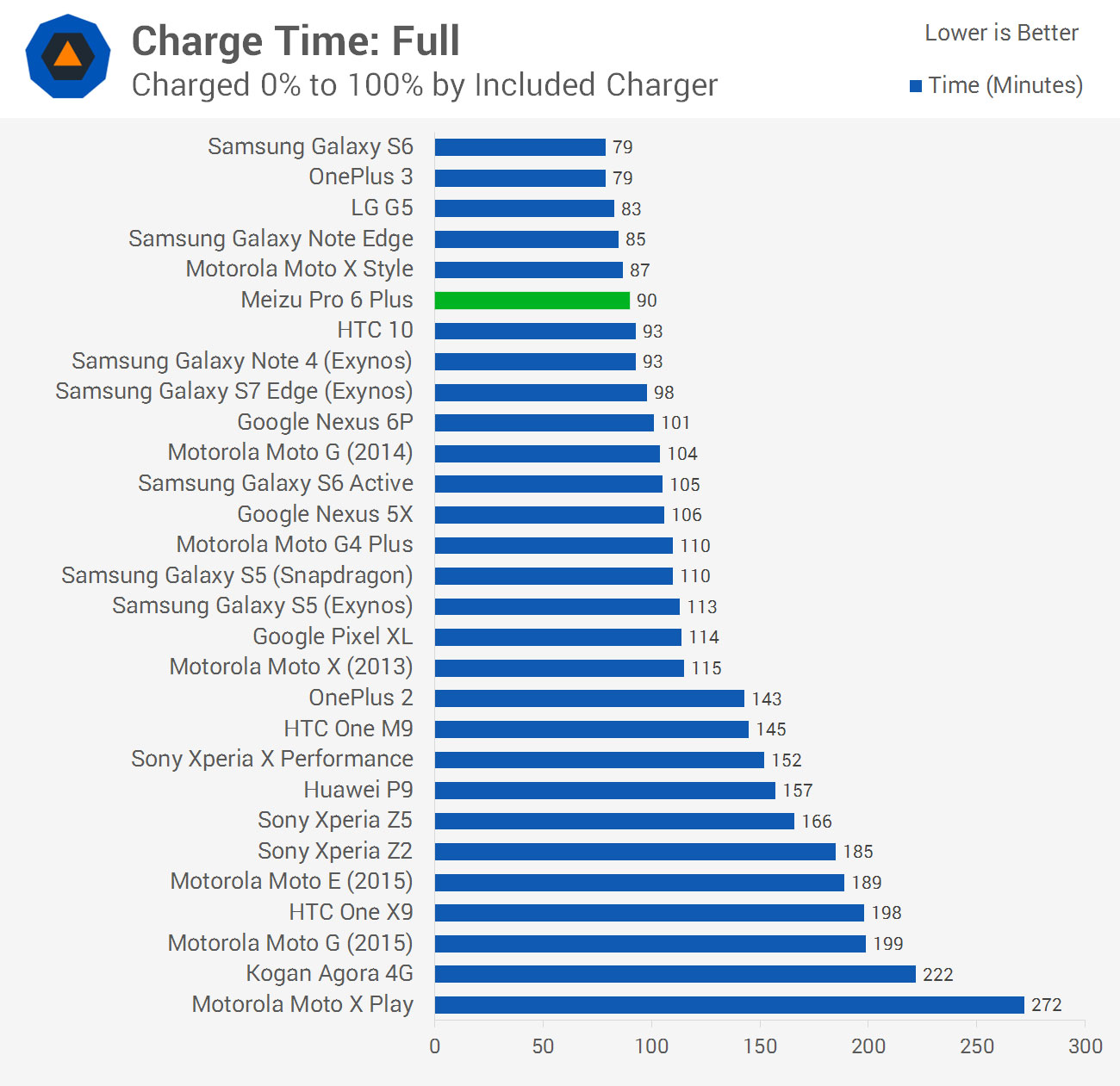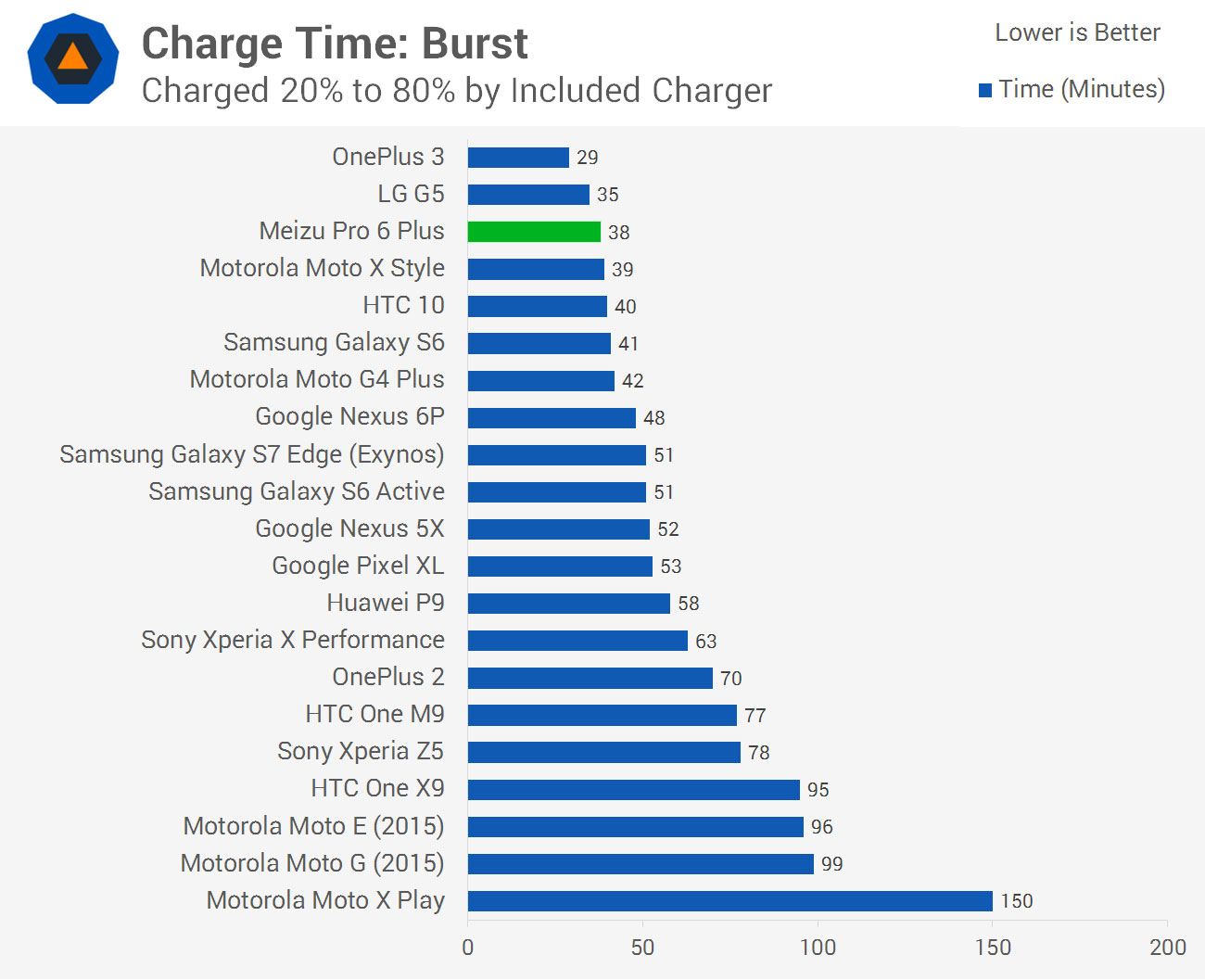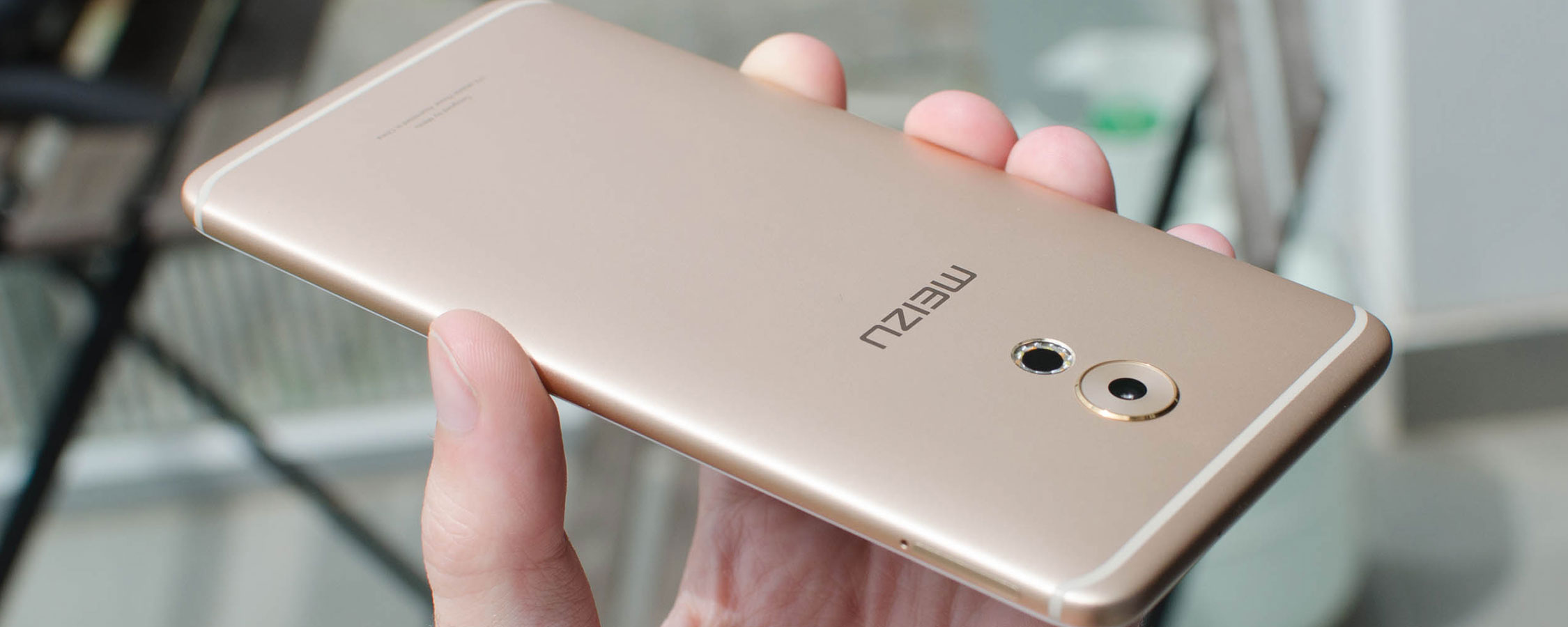Battery Life
The Pro 6 Plus comes with a non-removable 13.1 Wh (3,400 mAh at 3.85V) lithium-ion battery, which is slightly smaller than the 13.9 Wh (3,600 mAh) cell in the Samsung Galaxy S7 Edge, despite the Pro 6 Plus packing a larger display. Luckily, Samsung's Exynos 8890 is an efficient SoC with good power management, and this leads to great battery life from this slim flagship handset.
As battery testing takes a long time to complete, I decided to test the Pro 6 Plus in its 'performance' mode rather than its 'balance' mode. The reason for this is I don't see anyone using the Pro 6 Plus in the balance mode because you'll be left with crappy entry-level performance, rather than performance that matches this phone's high-end price point. Normally we only test using a phone's default settings, but the Pro 6 Plus is an unusual exception here that essentially requires this setting change for an acceptable experience.
Setting the phone to balance mode should increase battery life at the expense of performance. However, as the benchmarks below reveal, the battery life in the performance mode is good enough that there's really no point switching into balance mode. If you really need to extend battery life, you can use the included battery saver mode, which is a feature of most modern smartphones.
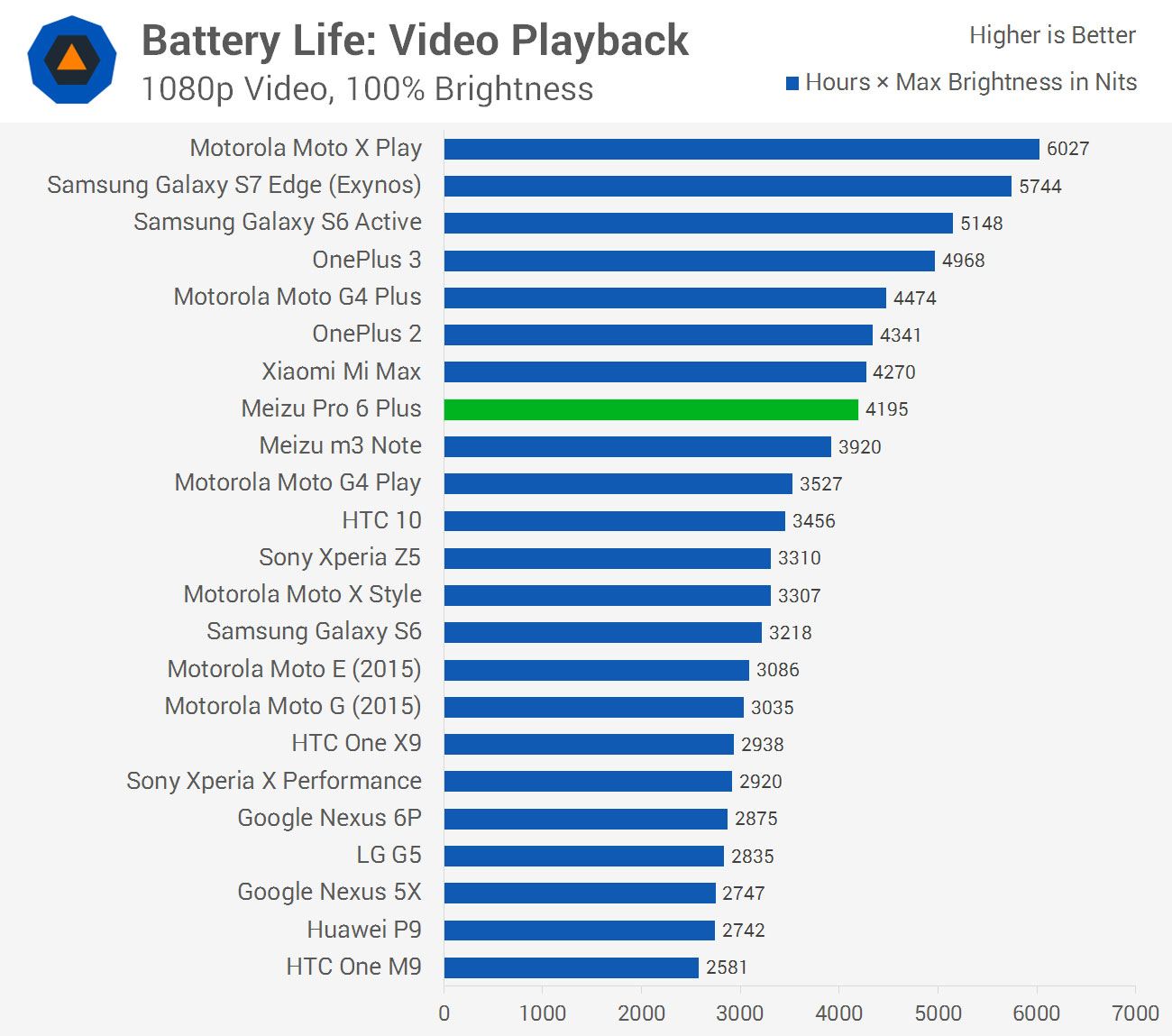
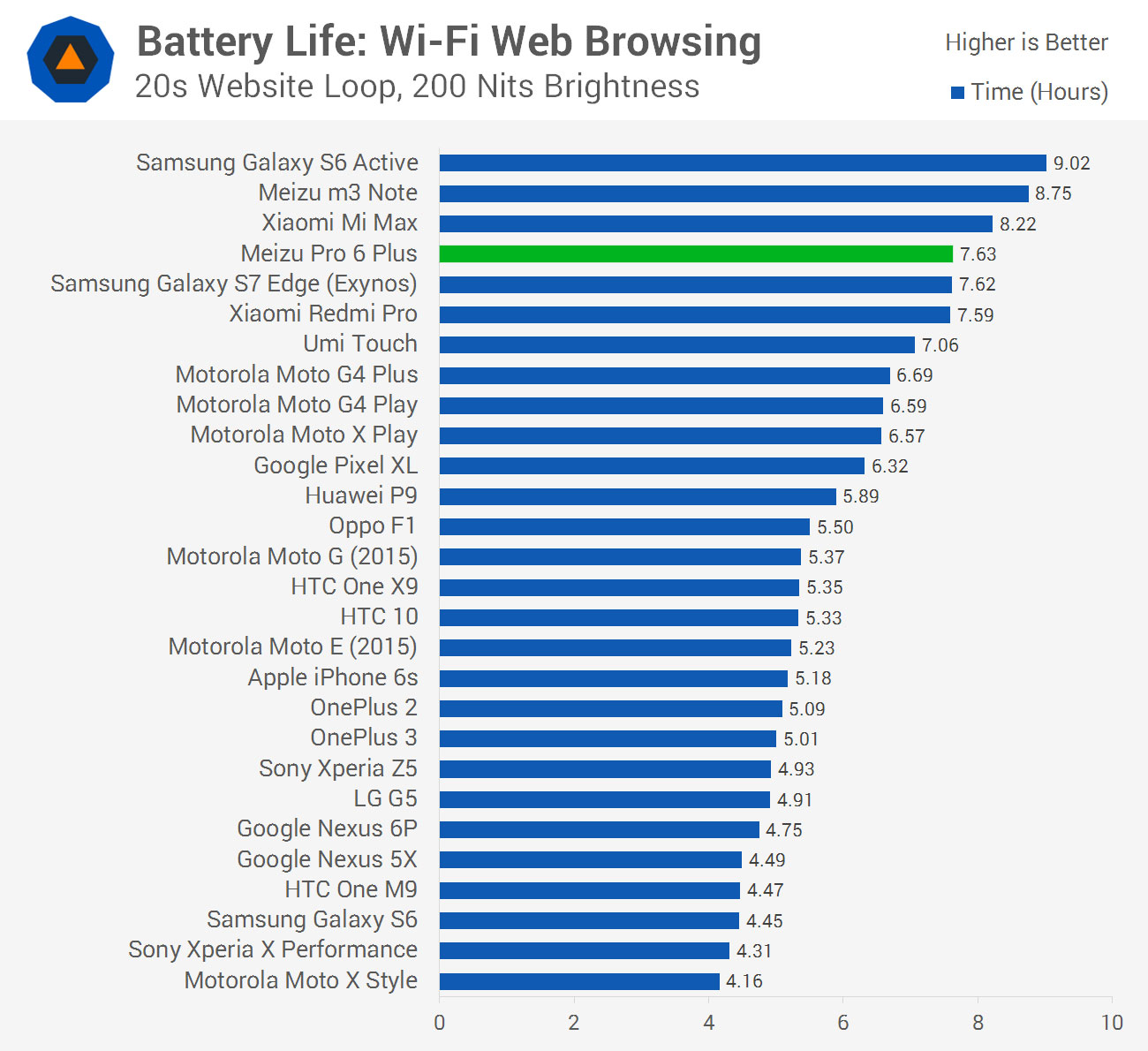
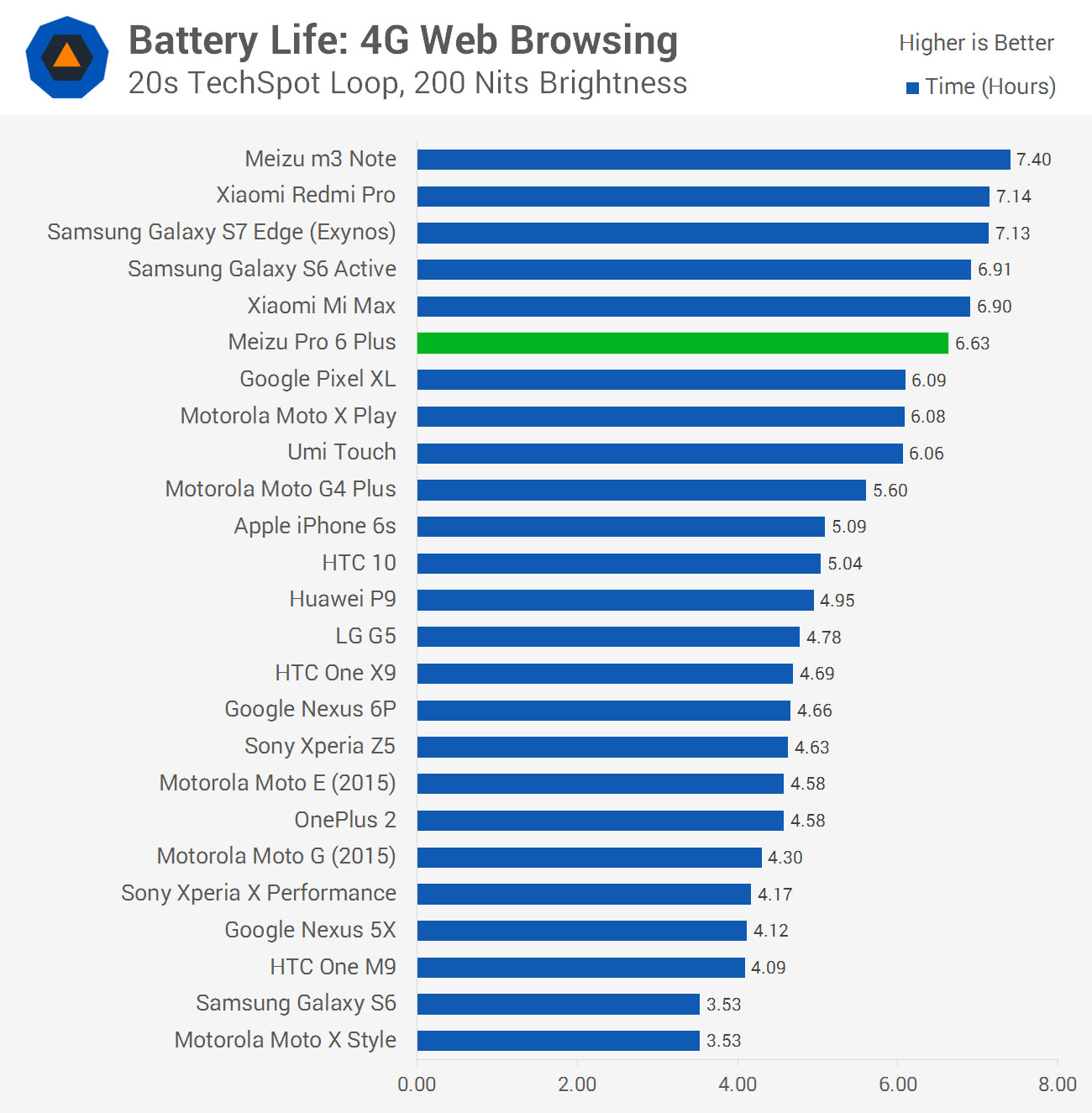
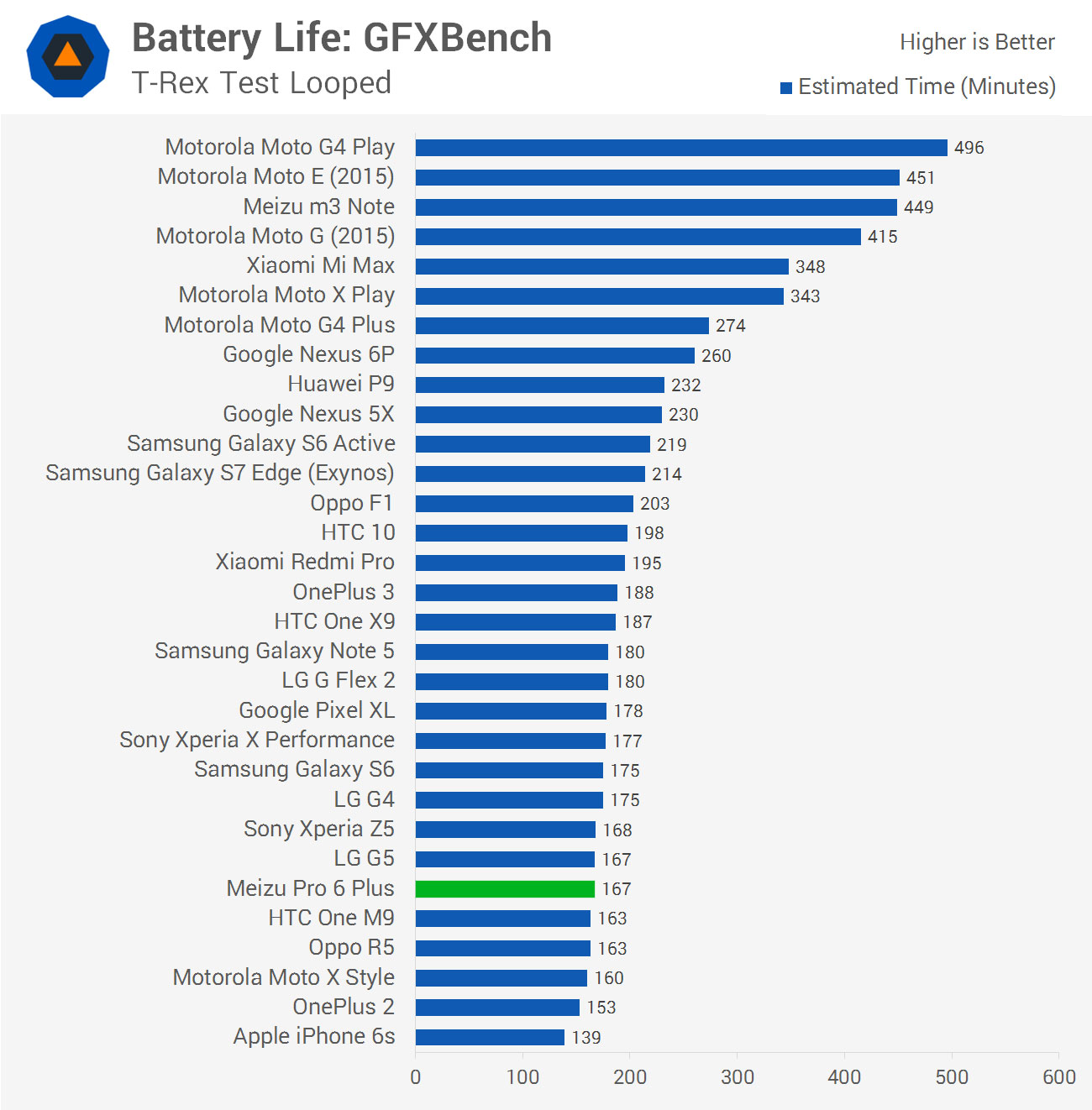
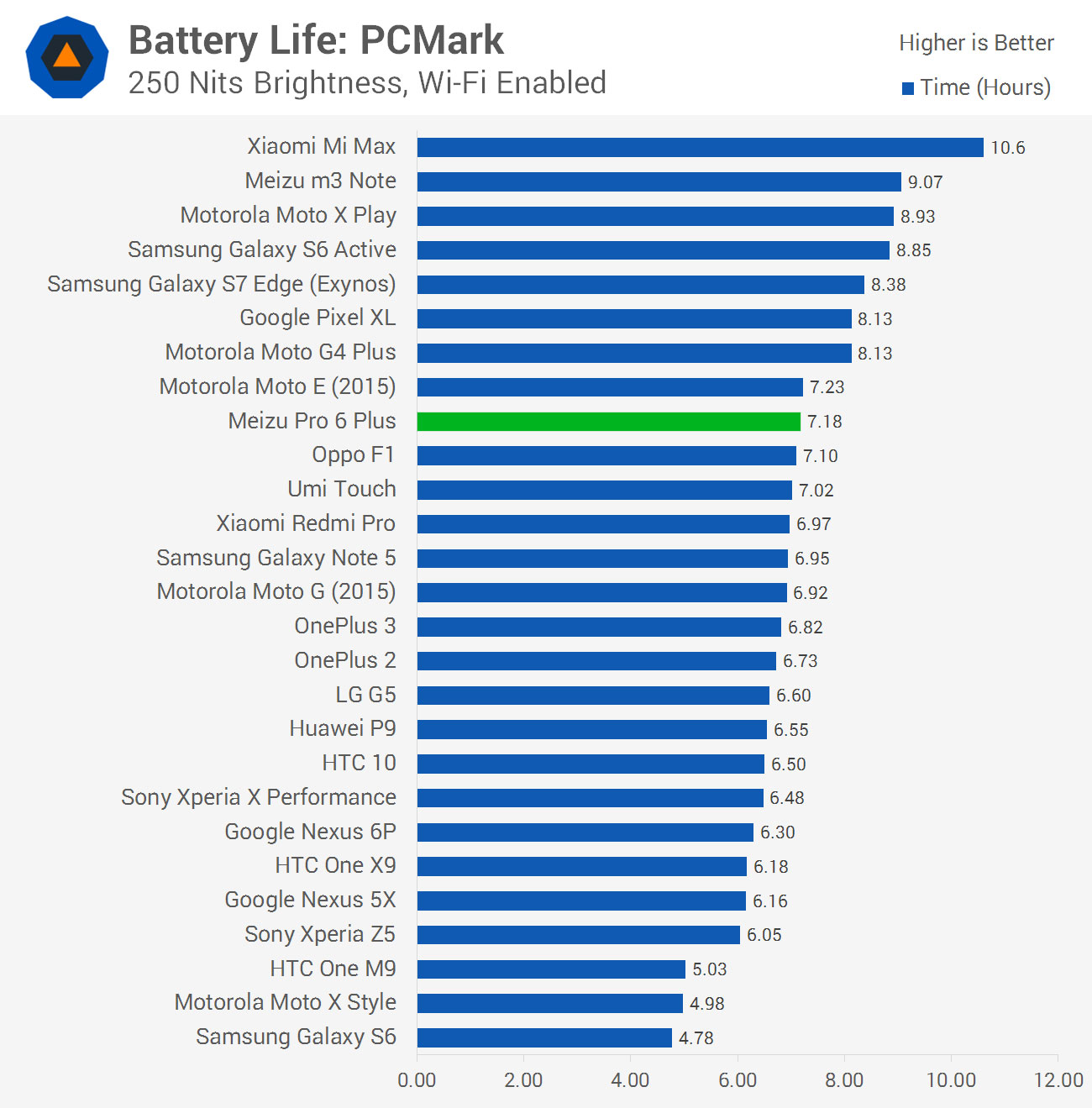
In browsing tests, the Pro 6 Plus outperforms most flagship devices by a decent margin, although it's worth noting here that browser performance is reduced compared to these devices. However, matching the Galaxy S7 Edge, which boasts excellent battery life, is a good achievement here and shows it is possible to create a beautifully slim device with decent stamina.
In other tests, particularly PCMark, the Pro 6 Plus doesn't keep up with the S7 Edge or the Pixel XL, however results are still great and beat most other flagships. The most notable win is over the OnePlus 3 across the board, which is similarly priced and is the main competitor to the Pro 6 Plus.
